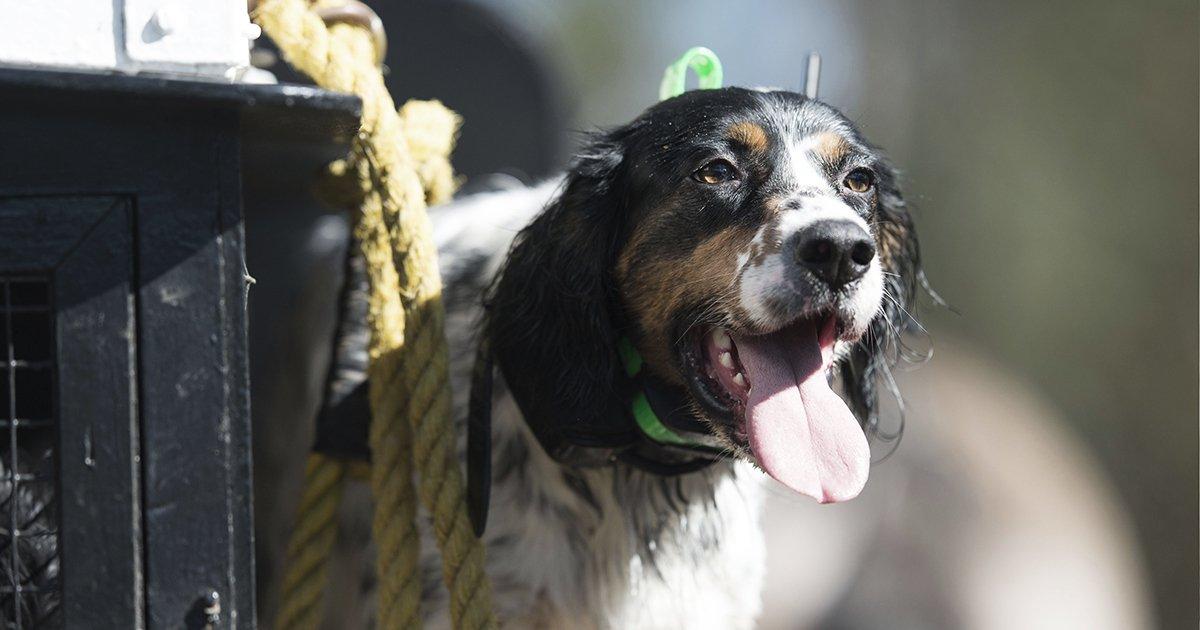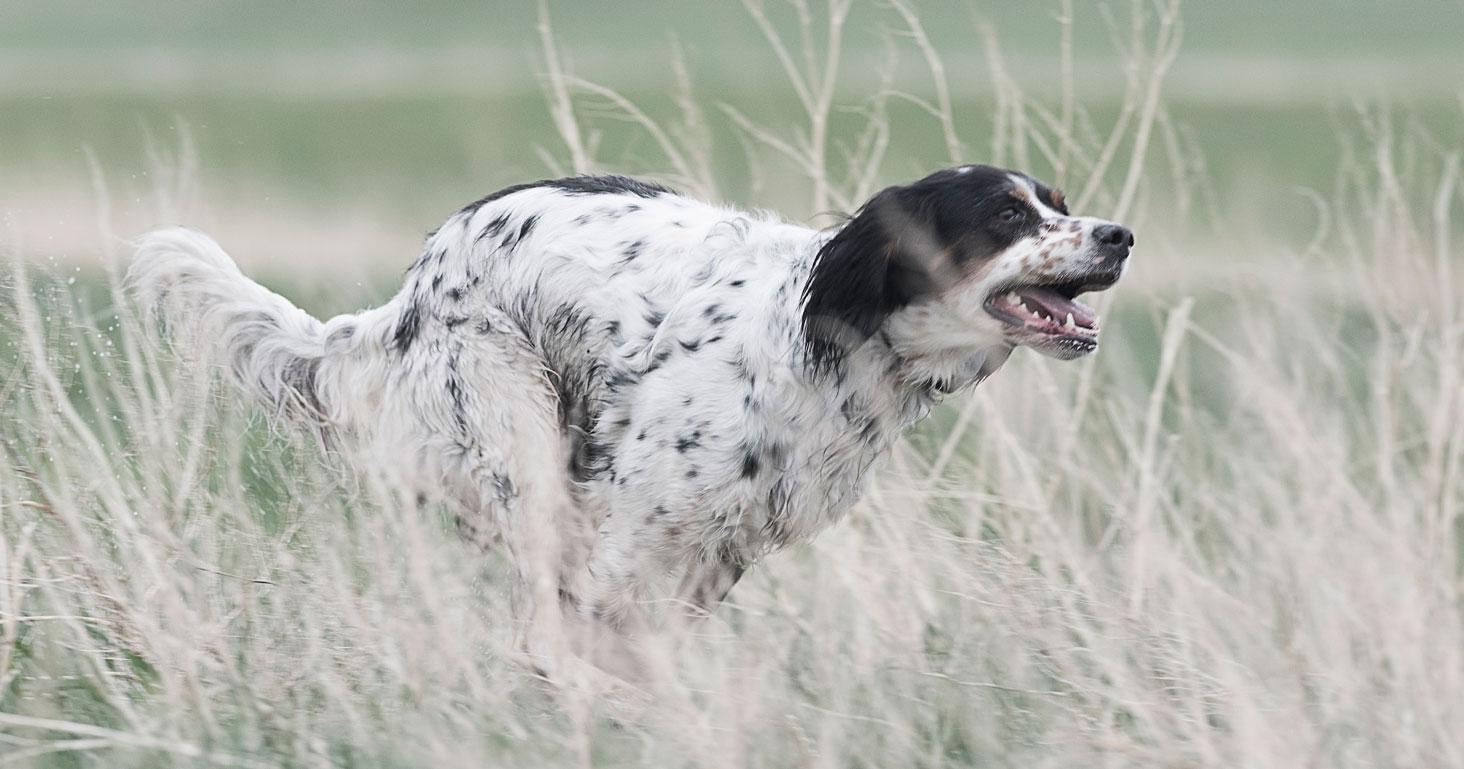
Dealing with a Heat-Related Emergency
Posted by The SportDOG StaffWe lose more dogs to heat-related emergencies than almost any other. If you take preventive measures before heading out to the field, there’s much less of a chance your dog will get into trouble. But when a dog starts to show signs of heat stress, knowing how to deal with it can make the difference between a scare and a tragedy.
Pre-emptive hydration is vitally important. Give your dog every opportunity to drink as much as possible early in the day, and then be sure to carry as much water as possible for whatever period of time you’re going to be out. Most of the time, this is all it takes. In extreme conditions, though, stuff happens and you need to be ready to deal with it.
When I’m teaching canine handlers and emergency medical responders how to care for and treat dogs in emergency situations, the one item I tell them to carry in their emergency kit is a simple thermometer. In fact, I carry two of them. That’s because if you think your dog is in trouble due to overheating, taking its temperature will tell you what treatment steps to take.
You don’t need a specialised thermometer. The digital models found for cheap at your local shop or pharmacy are fine. The only difference is you take a dog’s temperature rectally, so you don’t want to mix it up with your home thermometer. It’s a fun joke to break the ice. I ask my clients, “How do you tell the difference between your human thermometer and a dog’s? The taste!” Digital thermometers are the best. I recommend the ones with flexible tips, so if the dog jumps a bit, you don’t have to worry about hurting the dog.
If your dog is acting lethargic, it might be because it's running a 42-degree temperature and is on the verge of going into heat exhaustion. So, what next? First, consider the humidity. You would treat a dog differently in a humid area than you would a dog that's in a drier state, like Arizona, where humidity levels are low and water evaporates much faster.
Surgical spirit is a life-saver in hot, humid conditions. It serves two purposes for emergency care. You can clean wounds with it, and it can be used to help cool the dog. In states where there’s not a lot of water readily available, you can take surgical spirit and put it behind the dog’s ears and on its stomach or pads of its feet. Surgical spirit cools the dog faster than water because it evaporates a lot faster, and that helps draw the heat out of the dog.
Of course, proper hydration and taking care not to push your dog beyond what’s reasonable in hot weather prevents you from getting into this situation in the first place. Always remember that anytime your dog’s temperature gets above 39.2°C, which is the high end of what’s considered 'normal,' you want to start to cool it down. I’ve seen dogs spike up to 41 or 41.3°C, but given a break, shade and water, they cool down quite rapidly.
If you check a dog's temperature and it's 106, you don't need to panic. You need to start the cooling process. Retake the temperature every 3 to 5 minutes. If you see it going down, you know you are making progress. However, if the dog isn't below 103 within 30 minutes, you need to be on your way to the hospital, and quickly. That's why it's crucial to keep that thermometer with you, so you know whether you're dealing with a mild case of overheating or full-blown heat exhaustion that requires professional treatment.
Overheating is one of the most common emergencies in hard-working dogs, so it pays to be vigilant. There are plenty of other problems you need to be prepared for, and in my next article I’ll discuss my take on the first aid items that you should be carrying on every training or hunting trip.

The SportDOG Staff
Related Articles

